Douglas DC-9-31 Air Vanuatu
Production Time 9 to 10 weeks
Shipment is by FedEx, UPS or DHL International Express Courier with a normal door-to-door delivery time worldwide of within 2-3 business days after dispatch. Due to the current volatility of world fuel prices, the amount mentioned here is our best estimate for DHL and UPS and may be subject to change at the time of shipping.

Model Description: Douglas DC-9-31 Air Vanuatu Wood Replica Scale Custom Model Aircraft
Manufacturer: Douglas
Wingspan: 17 Inches (43.2 Centimeters)
Height: 4.2 Inches (10.7 Centimeters)
Scale: 1:90
Registration: VH-CZO
$239.50
Production Time 9 to 10 weeks
-
United States dollar ($)
-
Pound sterling (£)
-
Euro (€)
-
Australian dollar ($)
-
Canadian dollar ($)
-
Singapore dollar ($)
-
Swiss franc (CHF)
-
Japanese yen (¥)
-
Danish krone (kr.)
-
Hong Kong dollar ($)
-
Norwegian krone (kr)
-
Swedish krona (kr)
-
United Arab Emirates dirham (د.إ)
General Product Description
Our PlaneArts Douglas DC-9-31 Air Vanuatu model exhibits unique, unrivaled quality and detailed design to come as close as possible to the accuracy of the actual plane. It comes as standard with a robust, durable base or stand which is available in a variety of different finishes designed to match your own personal requirements including solid wood, wood with polished metal supports or adjustable wood wall mount and will be ready within about 9-10 weeks from placement of order.
The Douglas DC-9-31 Air Vanuatu model is made of the finest kiln dried renewable mahogany wood (commonly known as Lauan or Meranti) which has undergone many stages of carving and meticulous and careful sanding giving the beautiful finished museum quality masterpiece. Many collectors and model connoisseurs demonstrate their preference for genuine handmade and hand painted mahogany wood models rather than plastic or die cast (diecast) alternatives due to the overall look and totally different feel of the item - we trust you will find the same. We can, however, if required produce the same model in Solid Cast Resin so just click and contact us us for further information. Our craftsmen and gifted artisans ensure that our finely handcrafted model airplanes match the precise blueprint details of the original aircraft. The paint scheme, markings and parts are closely matched, reflecting the original aircraft. This stylish top-quality desktop replica model will surely enthrall anyone who receives this as a gift and for sure one of the most appropriate and desirably collectable gifts for any aviation enthusiast and avid aircraft collector whilst also displaying a perfect resemblance to the actual aircraft.
If you require we can also make the Douglas DC-9-31 Air Vanuatu model in any other airline, private livery or colour scheme you require and if necessary in a different size or scale. Just click here to contact us with a description or photographs of what you require, and we will let you have a quotation for the necessary customization by return email. We can also make bespoke scale replicas of any other private / civil commercial airliner or airliners, helicopter, glider, gliders with engines, military jet, warplane jets, propeller warplanes, biplane, triplane, tail fin, spacecraft, rocket or NASA model you require in any airline, military or civilian livery or colors. We also produce model airships, blimp, dirigible, blimps, boat and ship collectibles. Wall plaque or seal for military, government or private customers. Again, by clicking here to contact us just let us know exactly what you need.
As you may or may not be aware the trade name and copyright permissions for Douglas aircraft are now under the ownership of the Boeing Company and as such, we are proud to be one of the very few international and fully licensed manufacturers of Boeing solid mahogany wood models. You may be interested to read more about the fascinating background to the famous aviation names now under the Boeing umbrella by clicking on the following “Officially Licensed Product” image below:
The Douglas DC-9-31: A Key Player in Air Vanuatu’s Fleet
Air Vanuatu, the national airline of the South Pacific island nation of Vanuatu, has long been a symbol of the country’s commitment to connectivity and tourism. Among the various aircraft that have graced its fleet over the years, the Douglas DC-9-31 holds a special place. This aircraft, with its storied history and reliable performance, played a crucial role in the airline’s operations during a pivotal era.
Introduction to the Douglas DC-9-31:
The Douglas DC-9-31 is part of the DC-9 series, a line of twin-engine jet airliners first introduced in the mid-1960s by the Douglas Aircraft Company (later merged with McDonnell Aircraft to form McDonnell Douglas). The DC-9-31 variant, known for its short-to-medium-range capabilities, became a popular choice for airlines worldwide due to its efficiency, reliability, and capacity.
The DC-9-31 is equipped with two Pratt & Whitney JT8D turbofan engines mounted at the rear of the fuselage, providing a quieter and more fuel-efficient flight compared to other aircraft of its time. With a typical seating capacity of around 115 passengers and a maximum range of approximately 2,100 miles (3,380 kilometers), the DC-9-31 was designed to serve regional and short-haul routes efficiently.
Air Vanuatu’s Acquisition of the DC-9-31:
Air Vanuatu incorporated the Douglas DC-9-31 into its fleet during a period of expansion and modernization. In the late 1980s and early 1990s, the airline sought to improve its service offerings and expand its network both within the South Pacific region and to international destinations. The DC-9-31, with its versatile range and passenger capacity, was an ideal choice for this strategy.
The acquisition of the DC-9-31 allowed Air Vanuatu to enhance its operational efficiency on key routes, particularly those linking Vanuatu with Australia, New Zealand, and other Pacific island nations. The aircraft’s performance on shorter runways, common in many Pacific islands, was a significant advantage, enabling Air Vanuatu to maintain a robust schedule and connect Vanuatu to the broader region.
The DC-9-31 in Service with Air Vanuatu:
Once in service, the Douglas DC-9-31 quickly became a mainstay of Air Vanuatu’s fleet. The aircraft was employed on both domestic and international routes, playing a pivotal role in establishing the airline’s reputation for reliability and comfort. Passengers appreciated the DC-9-31’s spacious cabin design, comfortable seating, and relatively quiet ride.
The DC-9-31’s versatility also allowed Air Vanuatu to adapt its route structure to changing market demands. During the peak tourist seasons, the aircraft was often deployed on popular routes to accommodate increased passenger traffic. Conversely, during quieter periods, the DC-9-31’s fuel efficiency made it a cost-effective option for maintaining essential services without incurring excessive operational costs.
Challenges and Evolution:
While the DC-9-31 served Air Vanuatu well, the airline faced several challenges in the 1990s and early 2000s that eventually led to a re-evaluation of its fleet strategy. The increasing cost of fuel, combined with growing competition from other airlines in the region, necessitated a shift toward more fuel-efficient, next-generation aircraft. Additionally, evolving aviation regulations and the need for enhanced passenger amenities drove a move toward more modern aircraft types.
By the early 2000s, Air Vanuatu began phasing out its older DC-9-31s in favor of newer, more efficient models like the Boeing 737-800. The transition marked the end of an era for the airline but also underscored its commitment to adapting to the changing needs of the aviation industry and its passengers.
Legacy of the DC-9-31 at Air Vanuatu:
Though the Douglas DC-9-31 is no longer part of Air Vanuatu’s fleet, its impact on the airline’s development and growth remains significant. The aircraft was instrumental in establishing Air Vanuatu’s presence in the competitive South Pacific aviation market and played a key role in fostering tourism and economic development in Vanuatu.
The DC-9-31 era at Air Vanuatu is remembered fondly by aviation enthusiasts and former passengers alike, who often recall their experiences aboard the iconic aircraft. Today, the legacy of the DC-9-31 lives on in the form of improved connectivity and enhanced services that continue to benefit the people of Vanuatu and visitors to this beautiful island nation.
Conclusion:
The Douglas DC-9-31 was more than just an aircraft for Air Vanuatu; it was a symbol of the airline’s growth, ambition, and commitment to connecting Vanuatu with the world. As Air Vanuatu continues to evolve and modernize its fleet, the contributions of the DC-9-31 remain a foundational chapter in the airline’s storied history, reminding us of a time when aviation was just beginning to unlock the vast potential of the South Pacific.
| Weight | 6 kg |
|---|---|
| Dimensions | 15 × 17 × 4.2 in |

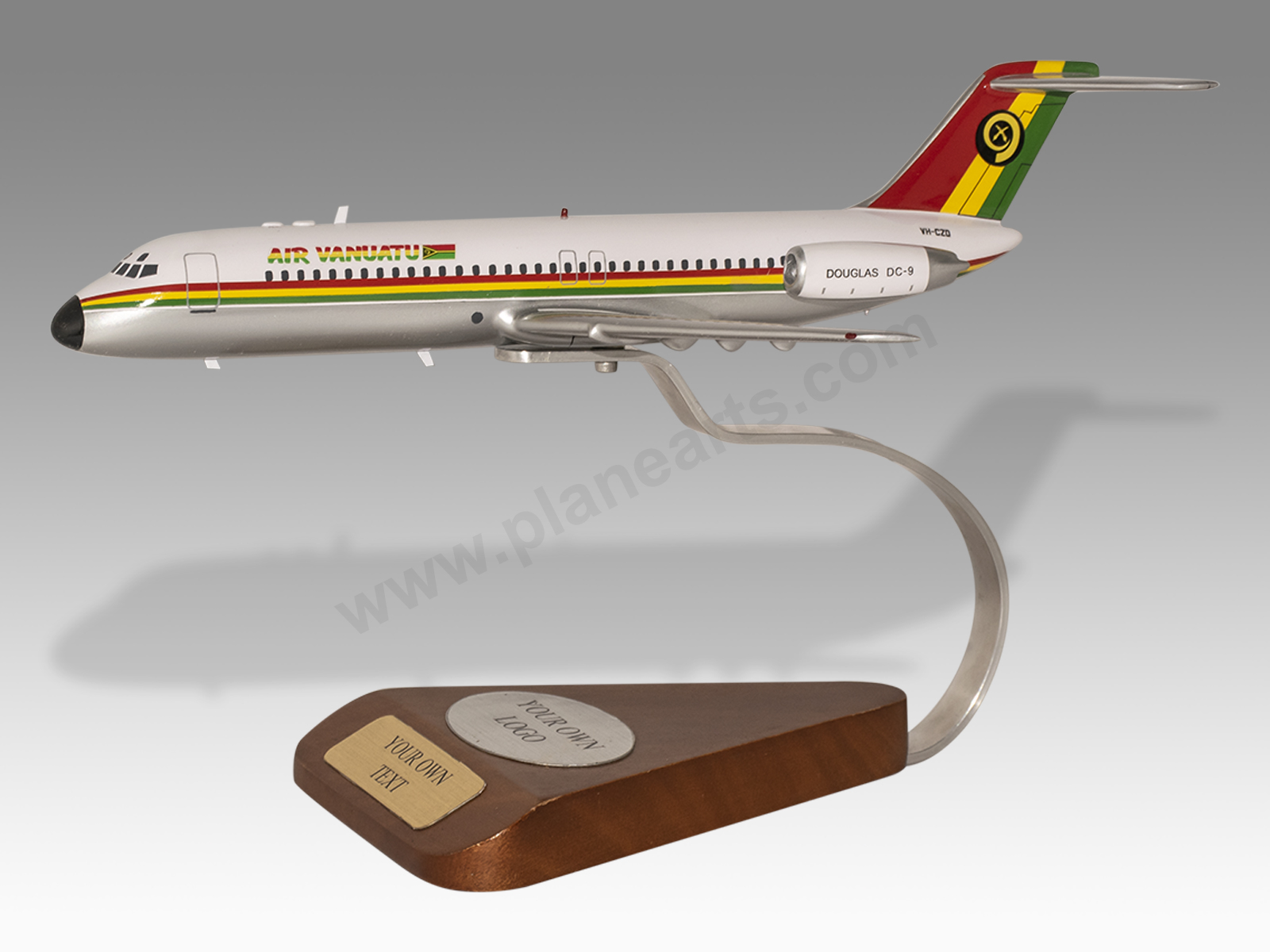

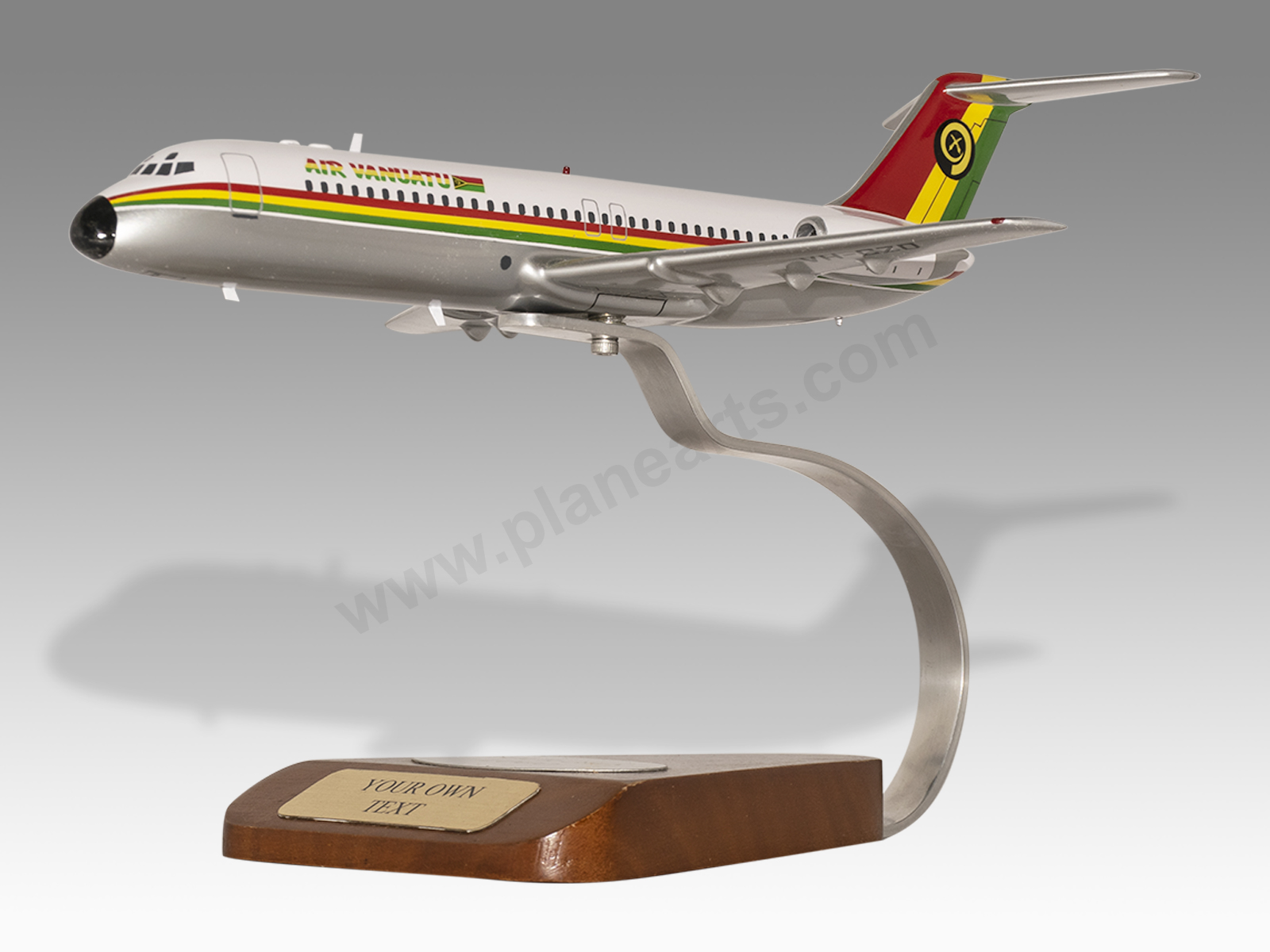
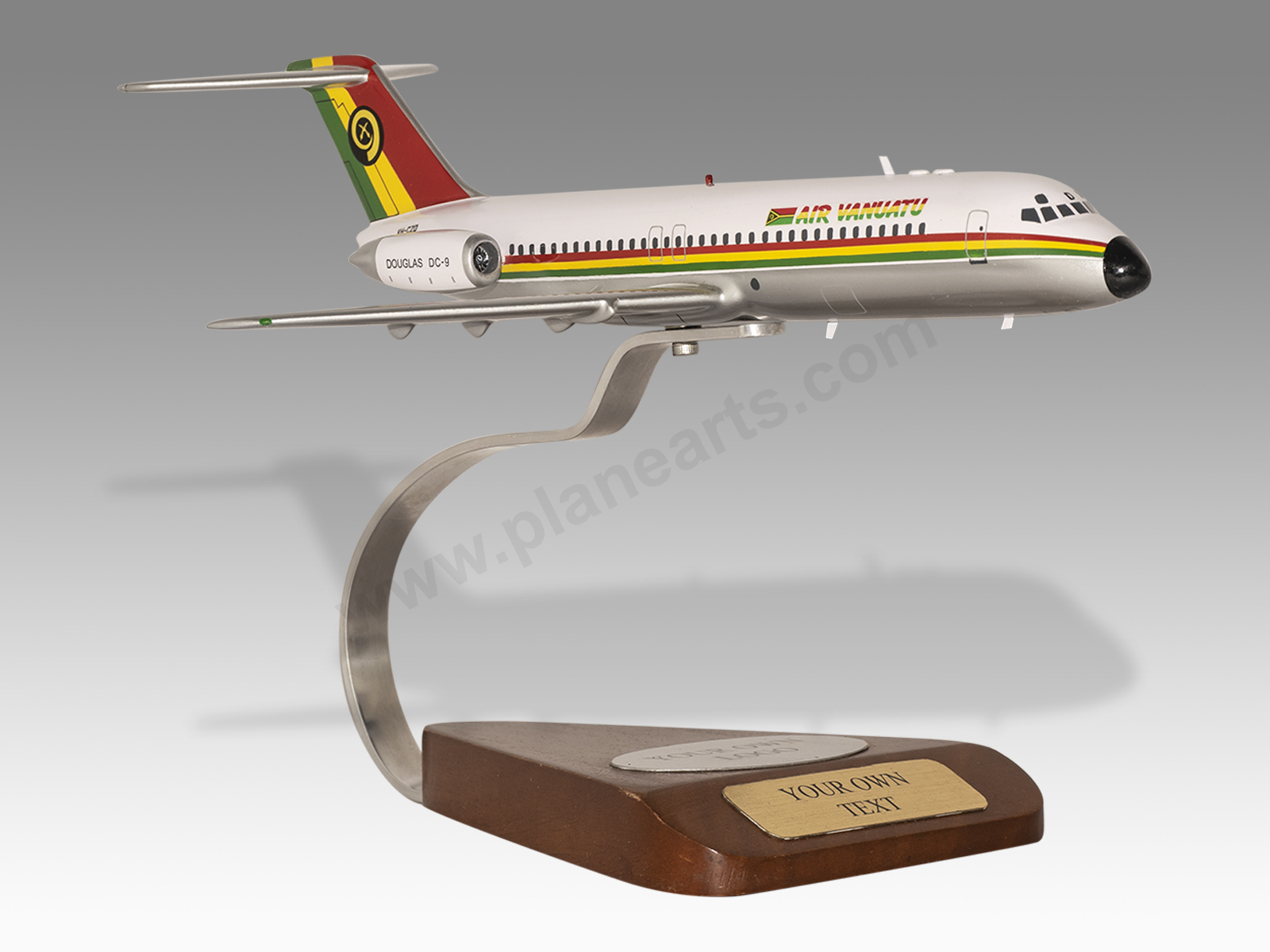
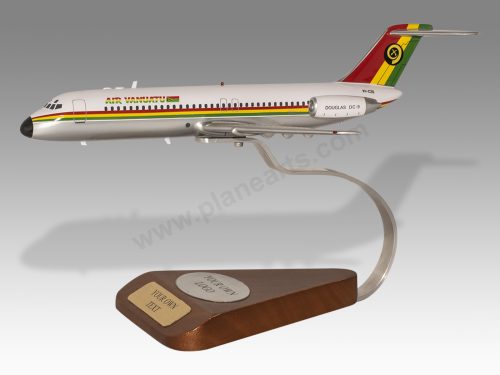
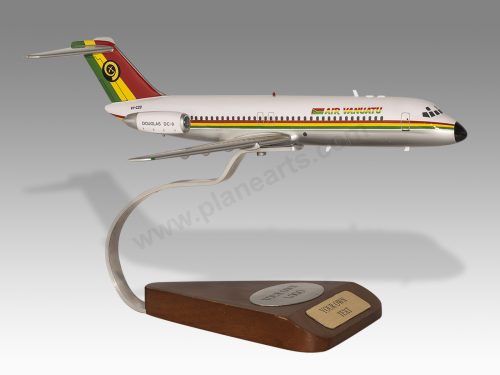
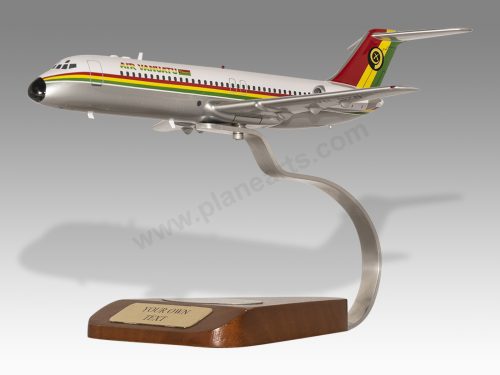
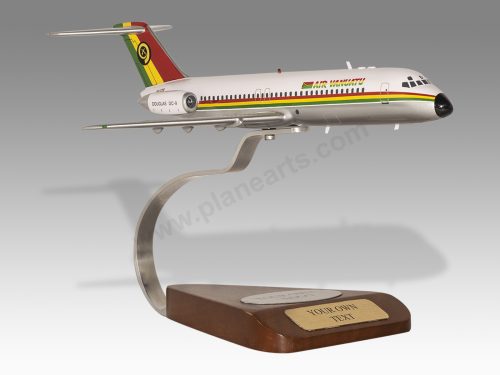
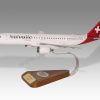
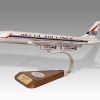
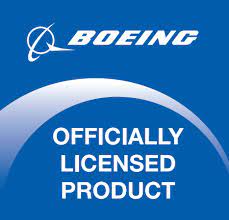
Reviews
There are no reviews yet.